Crowd Control Units
Description
Item Description
Crowd Control refers to the immediate techniques and strategies employed to manage the movement and behavior of large groups during an event. It often involves using physical barriers, designated entry and exit points, and security personnel to prevent overcrowding and maintain order. It’s about maintaining order and flow during high-traffic moments.
Crowd management, on the other hand, involves before the event. This includes risk assessments, staff training, and creating strategies to handle potential issues. It focuses on preventing disruptions and ensuring overall safety throughout the event.
The necessity of Crowd Control
- Health & Safety: Ensuring the safety of attendees is the top priority for any event. Effective crowd control reduces the risk of accidents, injuries, and even fatalities by managing crowd density and flow.
- Brand Reputation: this prioritizes crowd control leaves a lasting positive impression on attendees. Conversely, chaotic crowd handling can harm your brand’s reputation and lead to negative press.
- Injury Prevention: Poorly managed crowds can lead to stampedes, bottlenecks, and unsafe conditions. Proper crowd control measures help prevent such issues and ensure everyone’s well-being.
- Legal Compliance: Failing to implement crowd control measures can lead to legal repercussions if accidents occur. Ensuring compliance with safety regulations protects both attendees and organizers from legal liabilities.
- Efficient Event Flow: Good crowd control techniques streamline entry and exit points, minimize wait times, and enhance the overall experience, allowing guests to focus on the event rather than logistical frustrations.
- Emergency Preparedness: Proper crowd control ensures that in case of emergencies, such as fires or medical situations, attendees can evacuate safely and efficiently without panic or chaos.
Different Types of Crowds that needs crowd control equipment
When planning for crowd control, it’s essential to recognize that not all crowds are alike. Each type of crowd brings its dynamics, challenges, and requirements for safety and management. Let’s break down the different types of crowds typically seen at events and how they impact crowd management strategies.
- Dense Crowds:
Often found at concerts, festivals, and popular sessions, dense crowds are tightly packed, increasing the risk of overcrowding and trampling if not carefully monitored and managed. Effective barriers, clear pathways, and real-time monitoring are essential to keep these crowds moving safely.
- Excited Crowds:
Whether it’s a celebrity appearance or a highly anticipated speaker, excited crowds can quickly become difficult to control. The energy and enthusiasm must be channeled effectively with security personnel on high alert and designated crowd flow paths to avoid chaos.
- Passive Crowds:
These crowds are generally calmer and are often found at conferences or corporate events. While not immediately high-risk, passive crowds can still pose challenges if left unmanaged, especially during peak times like breaks or keynotes, when bottlenecks can form.
- Dynamic Crowds:
Composed of people constantly moving between different areas, like in trade shows or exhibitions, dynamic crowds need constant monitoring and clear signage to ensure smooth movement and prevent congestion.
- Queueing Crowds:
These are attendees waiting in lines for check-ins, food, or sessions. Proper queue management systems and marked pathways ensure these crowds remain organized and minimize frustration.
Crowd Dynamics and Behavioral Analysis
After understanding your crowd, the next step is understanding how crowds move and behave to prevent safety issues and ensure smooth event operations. Analyzing crowd dynamics helps organizers anticipate potential challenges before they escalate. Here’s how you can do that:
- Monitor Crowd Flow:
Track attendee movement using real-time data to detect high-density areas, bottlenecks, and potential congestion points.
- Analyze Group Behavior in Real Time:
Assess how groups interact with one another and with event spaces, adjusting control measures based on these insights to maintain a steady flow.
- Leverage Predictive Tools:
crowd-monitoring technology to predict crowd movement patterns, enabling proactive management and preventing overcrowding.
- Evaluate Emotional and Behavioral Cues:
Keep an eye on attendee emotions like frustration, confusion, or restlessness, which can indicate stress points and help address safety concerns early.
- Identify Movement Triggers:
Recognize moments or elements that could lead to surges, like popular speaker sessions or food breaks, and control access or guide attendees to prevent issues

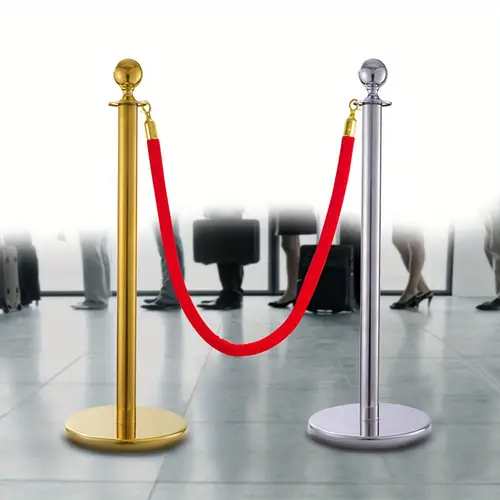
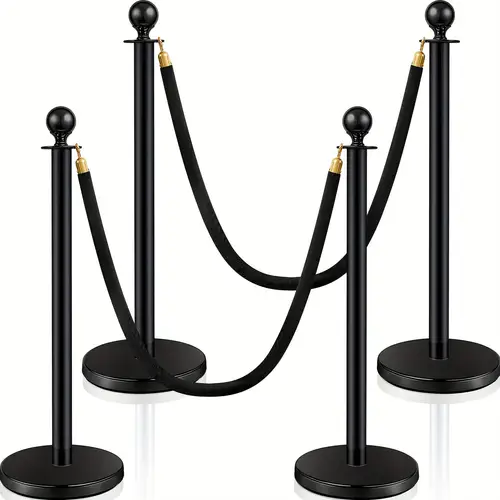

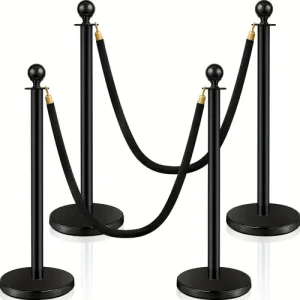
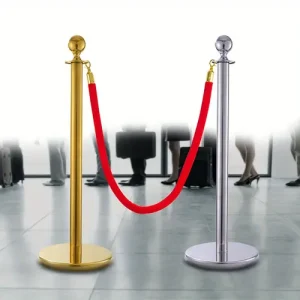
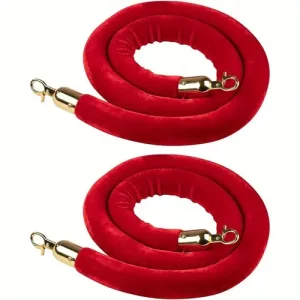


Reviews
There are no reviews yet.